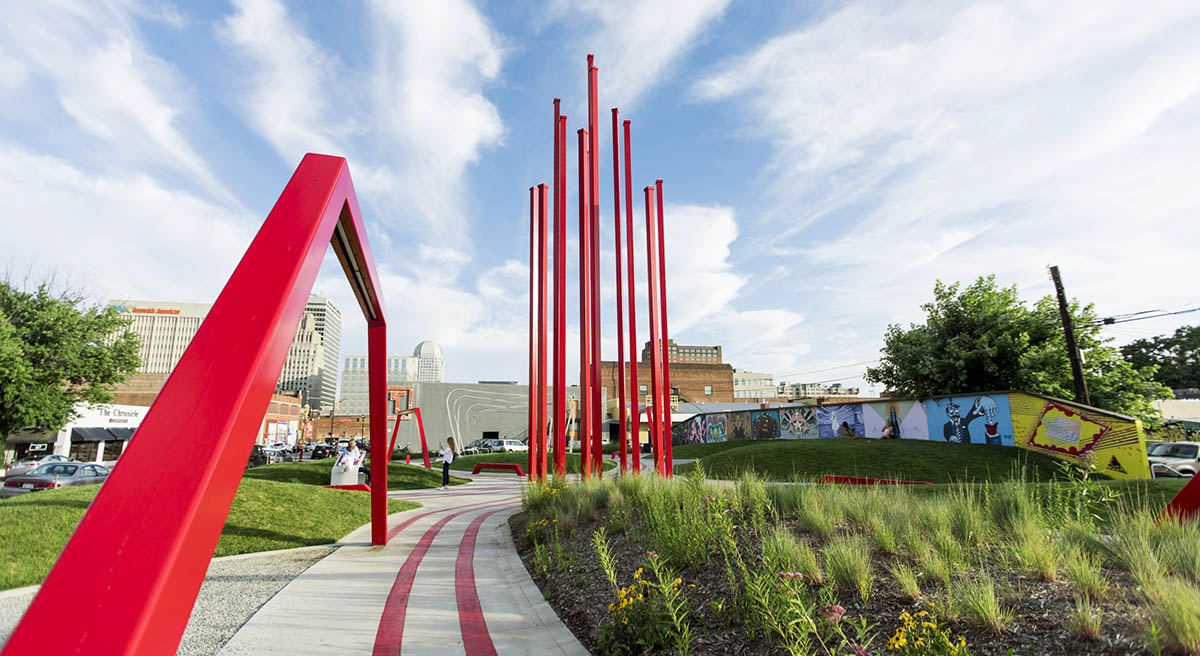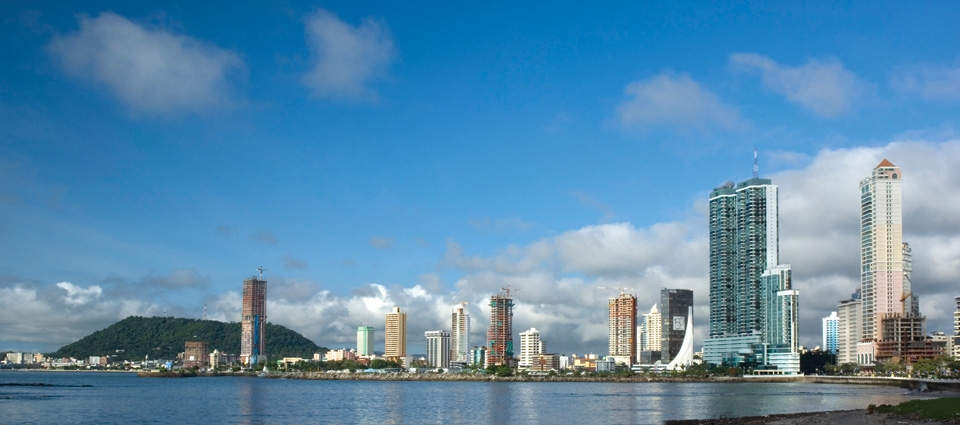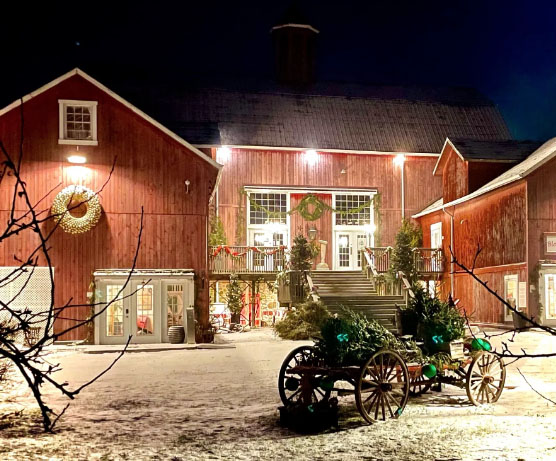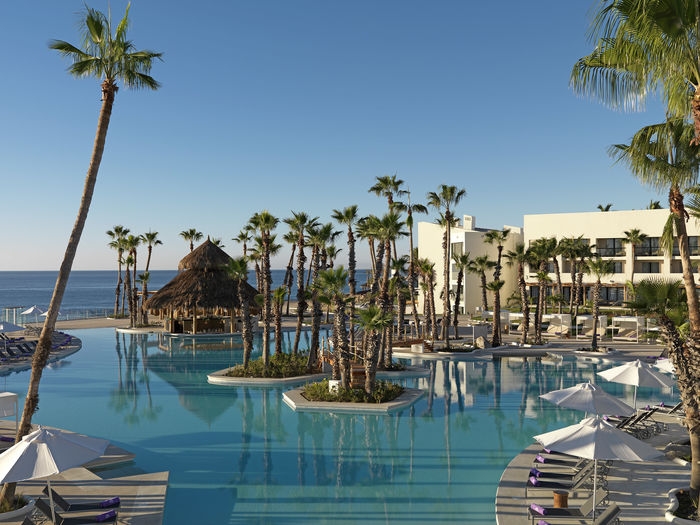
Medieval Villages of the French Riviera: Saint-Paul de Vence and Èze
(visited in May 2014)
There is no doubt that French Riviera (la Côte d’Azur) is a hallmark of beauty in many things: architecture, design, views, people, food, and history. During my second visit to the region, I engaged a local tourist guide Boba (www.yourguideboba.com) to personalize my visit. What a difference this has made. Discovering this opulent region was much more rewarding with a guide. It would have taken me days of research to discover certain places off-the-beaten path and mystical stories hidden behind popular tourist attractions.
This time, I discovered Saint-Paul de Vence and Èze?two fortified mediaeval villages established during the so-called “Dark Ages”, which, today, provide for serene tourist spots that inspire imagination and evoke a strong appreciation of beauty and elegance. It was fascinating to hear the myths of the Dark Ages dispelled. These times, often misperceived as abounding in religious dogmatism and lacking in intellectual thought, generated remarkable inventions in geography, agriculture, architecture, art and law.

The two villages are situated close to Nice, the city basking amidst the sunny French Riviera. This is an extremely diverse region, boasting more than 150 different nationalities and numerous foreign residents. Once a destitute, fishing hinterland, the French Riviera transformed itself through centuries into the region with most coveted real estate in the world. Many celebrities, from artists and royalties to business tycoons, have purchased their homes here. Boba shared a story of the legal trial between an owner of the property in the French Riviera and an ultra-rich Russian tycoon who offered, for this property, the highest price ever recorded in the real estate history.
Walking the narrow cobblestone paths of the two medieval villages, each turn around a corner reveals a sight that pulls imagination into the distant past. A mystical opening in the block wall transports you back to the evening with secluded monks who meticulously worked under candlelight to copy the volumes upon volumes of religious manuscripts. Cold iron-barred windows of little inns entice the curious to imagine, behind them, knights and cavalry, devising plans for their future conquests. I learned that it was in this period, that a horseshoe was invented to advance the battling skills of cavalries. Rugged knights were also idealistic and utopian?romantically fighting for another man’s lady they admired only from afar.
In Saint-Paul de Vence, you will encounter a myriad of elegant boutiques, contemporary art galleries, wine shops, cafes, and restaurants, featuring Provençal and Mediterranean cuisine. For a dizzying number of gift choices, visit the store at the very entrance of the village.

It is assumed that houses were built around the core of the village, called Plateau du Puy, which now houses the cemetery and the church of Saint Michel. The artist Marc Chagall is one of the famous people buried in the cemetery.
A rare find, an authentic Lilamand Confiserie established in 1866, crafts candied fruit, syrups and jams using traditional recipes originally recommended by no other than Nostradamus. The fruit is simmered for about a month, and allowed to sit for additional two months to slowly complete the candying process. For a glimpse at a secret recipe, you can take a workshop offered by the store.

An amazing experience in Saint-Paul de Vence is to see the interior of a house that was originally built in the middle ages, and subsequently renovated in the 16th century. Boba struck a conversation with a charming and sociable Mme V-C who showed us around her four-story home with well-preserved antiques, including a fireplace, the kitchen nook, and a sowing machine (estimated to date back to the early to mid-1800’s).
Mme V-C’s house is located just steps away from the past home of Jacques Prévert, a French poet and screenwriter, who discovered Saint-Paul de Vence in 1941, where he struck a friendship with Pablo Picasso, a well-known Spanish artist who developed an art style called analytic cubism.
The village of Èze sits on a cliff, 427 metres (1,401 ft) above sea level. It is a “museum village” (also known as eagle’s nest) renowned for its panoramic view of the Mediterranean Sea. Chapelle de la Sainte Croix is the oldest building in the village and dates back to 1306.
The village houses the fabulous Jardin botanique d’Èze, popular for its collection of cacti and succulents. In 1949, Mayor

René Gianton decided to create a garden within the remains of the 12th century commune and he engaged the creator of the Exotic Garden in Monaco, Jean Gastaud, to design it. Besides plant life, the garden displays 14 clay sculptures representing earth goddesses, which were created by the French sculptor Jean-Philippe Richard. Each sculpture has a name (a personality, almost) and a dedicated poem.

Romantic and luxury stays in five-star hotels Chateau de la Chevre d’Or (prices per night range from €300-2,600) or Chateau Eza offer amazing photographic opportunities, but so do lower-star hotels and bed and breakfast type accommodations that are also available on site.
Globalization is difficult to spot here. Èze has preserved its natural medieval feel and it is easy to see why it has historically inspired artists, writers and philosophers like Frederic Nietzsche, Walt Disney, and Lenny Kravitz. As you climb towards the village, you will notice on your left, le Chemin de Nietzsche, or Nietzsche’s Path. This is where Nietzsche was presumably visited by his muse, getting the inspiration to finish his famous work Thus Spoke Zarathustra. The path is about a two-hour hike down to the sea.
Although historically enjoyed by the famous and rich (you can spot pricy cars parked beside the hotels), Èze offers plenty of unique experiences for all tourists. In addition to restaurants, art galleries and delicious French bakeries, Èze village also boasts perfumeries, jewelry stores, boutiques, and lovely cafes, hidden along the pathways. Shops sell soaps, candles, olive oil and spices, traditionally traded in this region. Activities such as hiking, water sports and horse riding can also be arranged.

Prepare well for the visit to the French Riviera; this densely-populated region offers so much to learn and discover. Aboveall, experience the life of locals: eat what they eat, do what they do, dress the way they dress… at least for a little while. In this way, you will unearth the authentic European beauty behind each street corner, even those originating in the Dark Ages.
Written by: Helena Gorancic-Lazetic













